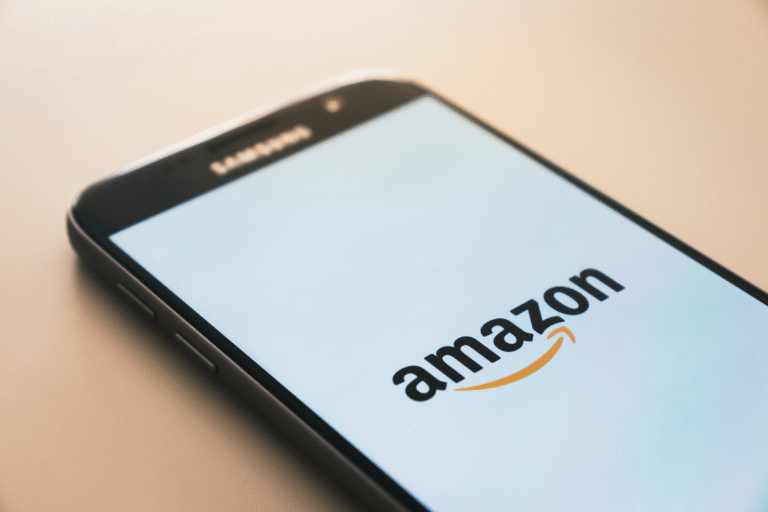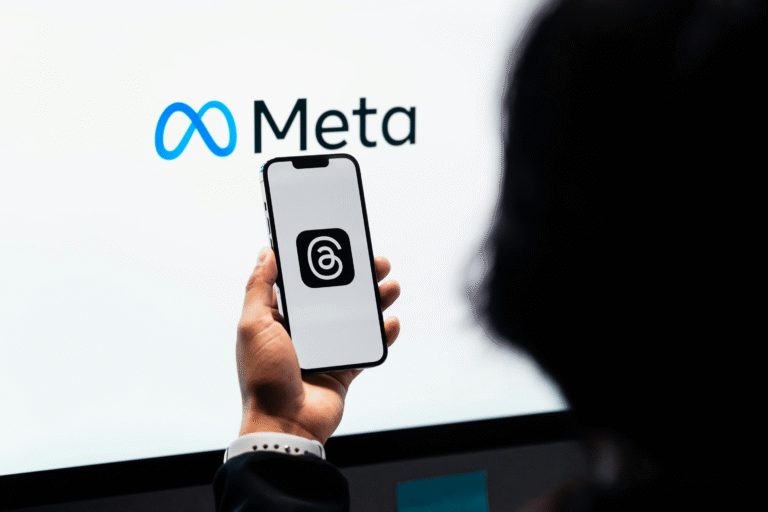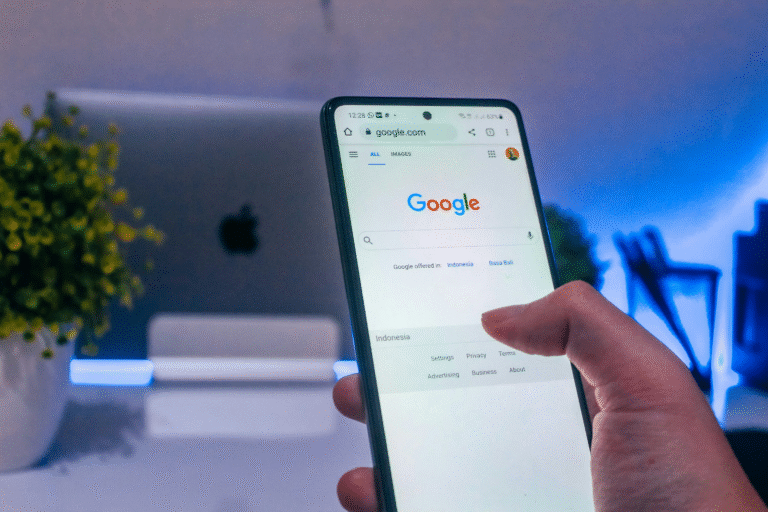
First Contentful Paint (FCP) is a critical metric for measuring web page performance. It represents the time it takes for the first piece of content to become visible in a user’s browser when they visit a webpage. A fast FCP is essential for providing a positive user experience and improving your website’s overall performance. Here’s a guide on how to reduce FCP and make your website load faster.
1. Optimize Images:
- Compress and resize images to reduce their file size without compromising quality.
- Use modern image formats like WebP, which offer better compression.
- Implement lazy loading to load images only when they are about to enter the user’s viewport.
2. Minimize HTTP Requests:
- Reduce the number of external files (stylesheets, scripts, fonts) your webpage needs to load.
- Combine multiple CSS and JavaScript files into a single file to minimize requests.
3. Browser Caching:
- Enable browser caching to store static assets like images and scripts locally on the user’s device. This reduces the need to download these files with each visit.
4. Content Delivery Network (CDN):
- Use a CDN to distribute your website’s content across multiple servers globally. CDNs deliver content from the server closest to the user, reducing latency.
5. Optimize CSS Delivery:
- Minimize render-blocking CSS by inlining critical styles and deferring non-critical ones.
- Use media queries to load responsive CSS stylesheets based on the user’s device.
6. Minimize JavaScript Execution:
- Defer non-essential JavaScript to load after the initial page render.
- Remove unused or unnecessary JavaScript code.
- Consider using modern JavaScript frameworks that offer performance benefits.
7. Server-Side Rendering (SSR):
- Implement SSR for web applications to generate HTML on the server, reducing the time needed for client-side rendering.
8. Content Prioritization:
- Prioritize loading essential content first, such as text and critical images, before non-essential elements like ads and third-party widgets.
9. Preload Critical Resources:
- Use the
preloadattribute to specify resources that should be fetched early, like fonts and scripts required for rendering above-the-fold content.
10. Minimize Third-Party Dependencies: – Limit the use of third-party scripts and widgets, as they can significantly impact FCP. – Asynchronously load third-party scripts to prevent them from blocking rendering.
11. Use Efficient Fonts: – Choose web fonts that are optimized for performance. – Host fonts locally or use font-display options to control how fonts are rendered.
12. Reduce Server Response Time: – Optimize your server and database to respond quickly to user requests. – Use Content Management Systems (CMS) and hosting solutions optimized for speed.
13. Monitor and Test: – Continuously monitor your website’s performance using tools like Google PageSpeed Insights, Lighthouse, or WebPageTest. – Conduct regular performance tests and address any issues that arise.
14. Progressive Web App (PWA): – Consider turning your website into a Progressive Web App, which can significantly improve loading times and user engagement.
15. Content Delivery via AMP: – Implement Accelerated Mobile Pages (AMP) for mobile content delivery, as AMP pages are designed for fast loading.
By following these steps and regularly assessing your website’s performance, you can effectively reduce First Contentful Paint and provide users with a faster and more enjoyable browsing experience. Fast-loading websites not only improve user satisfaction but also positively impact search engine rankings and conversion rates, it helps us (Influencer Magazine) a lot!











